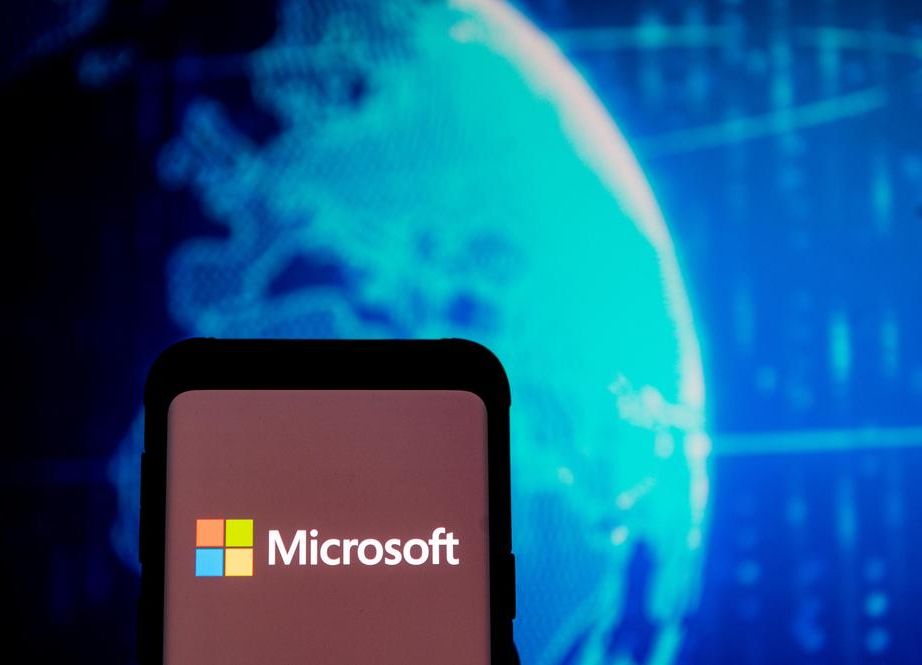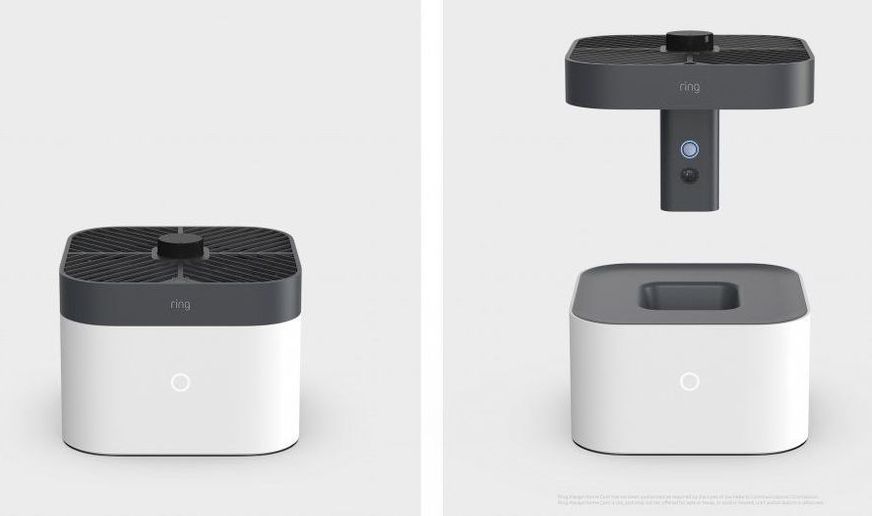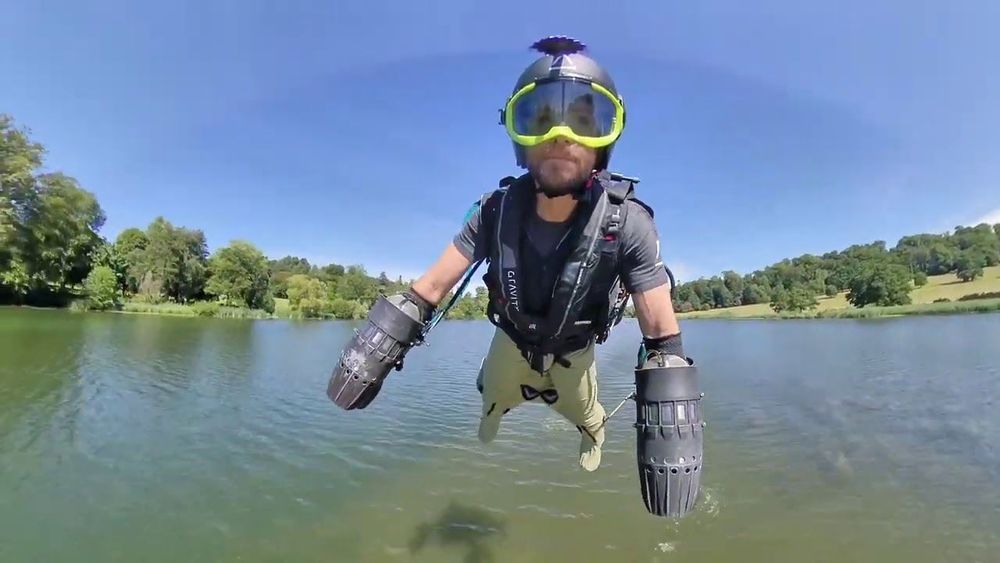Harworth Group plc has announced the completion of the UK Atomic Energy Authority’s (UKAEA’s) new nuclear fusion technology research facility at the Advanced Manufacturing Park in Rotherham, South Yorkshire. When it opens later this year, the 2500-square-metre facility will develop and test joining technologies for fusion materials and components, including novel metals and ceramics.
Property developer Harworth said completion of the GBP22 million (USD28 million) Fusion Technology facility triggers UKAEA’s 20-year lease with Harworth at a rent in line with other manufacturers at the Advanced Manufacturing Park. UKAEA will now prepare the building prior to taking formal occupation of it later this year.
The new facility is being funded as part of the government’s Nuclear Sector Deal delivered through the Department for Business, Energy and Industrial Strategy. An additional GBP2 million of investment came from Sheffield City Region’s Local Growth Fund.
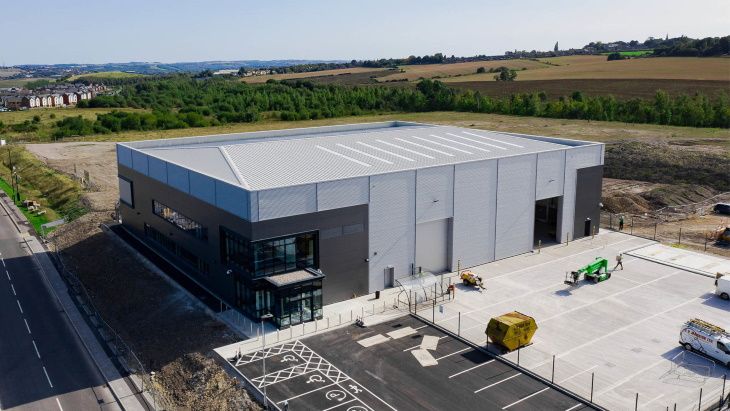
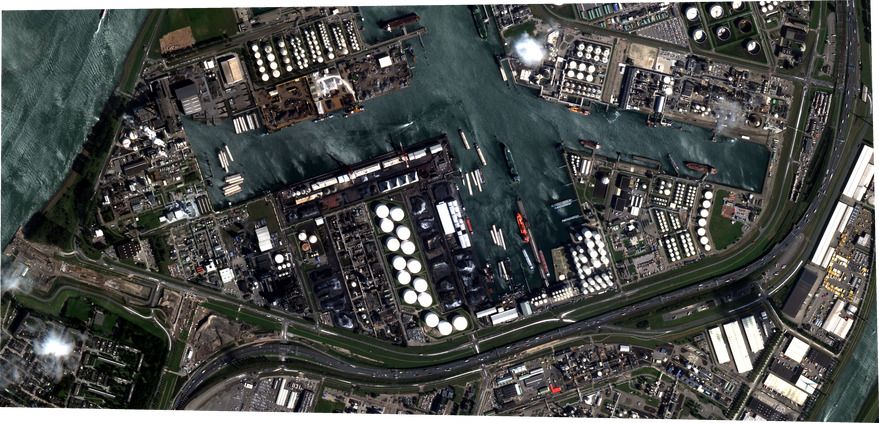
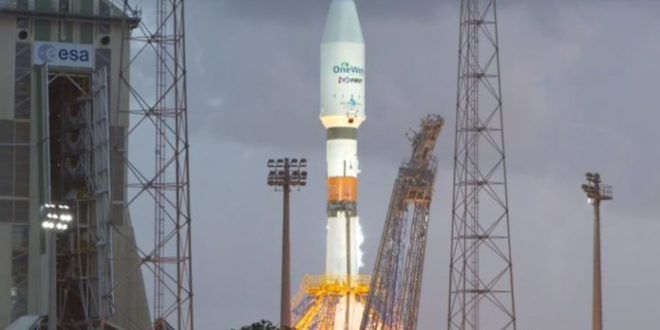
 Paris, 4 October 2020. – A New York court has confirmed OneWeb’s rescue plan and put it back on track to launch its services in 2021, the London-based LEO operator announced.
Paris, 4 October 2020. – A New York court has confirmed OneWeb’s rescue plan and put it back on track to launch its services in 2021, the London-based LEO operator announced.